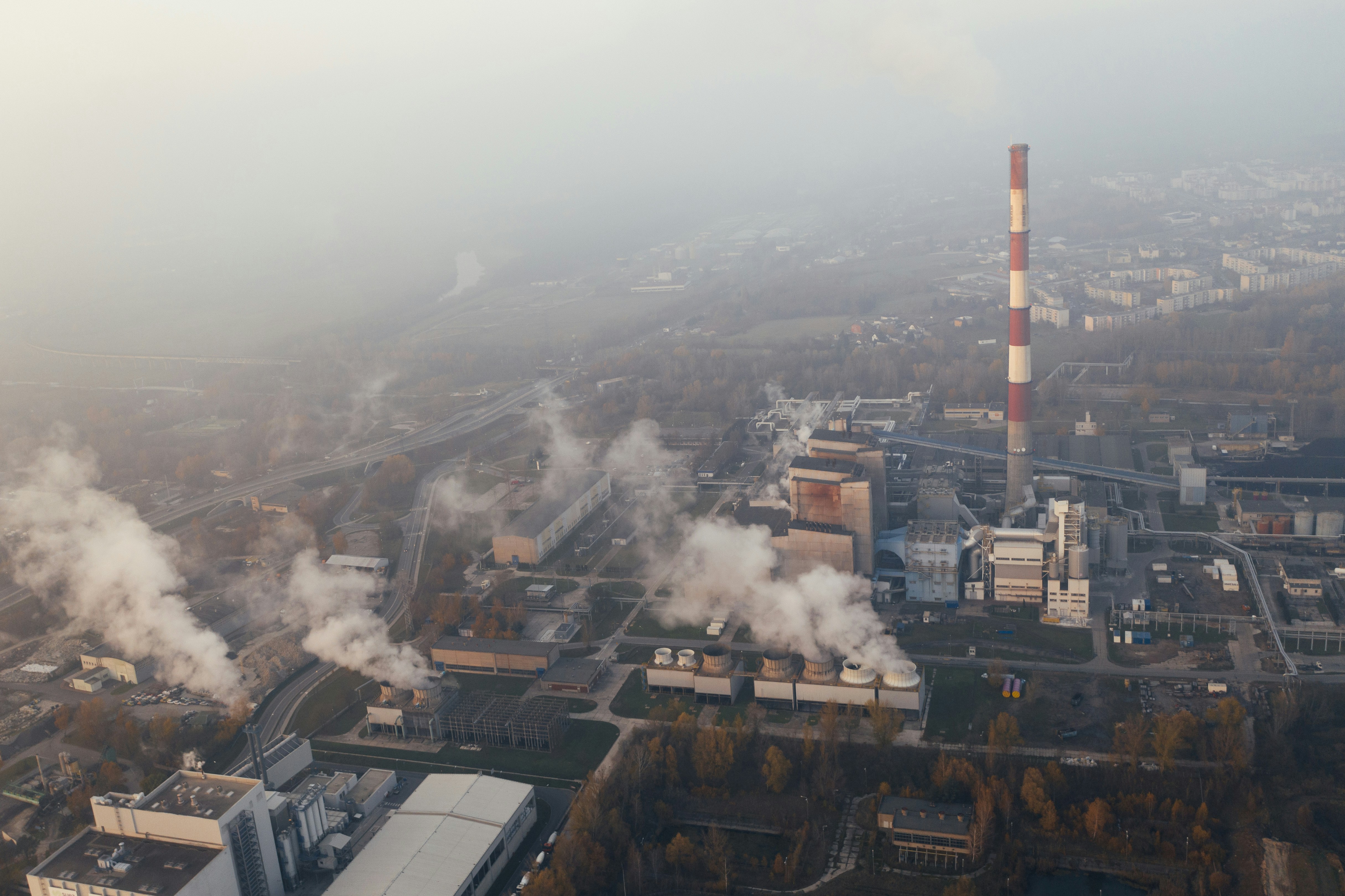Understanding Carbon Price
Financing

Essentially, carbon pricing a way to assign a monetary value to the carbon released into the atmosphere, usually measured per ton of carbon dioxide. This price can vary across the market. In this post, we’ll explore the factors that influence the price of carbon credits.
Understanding the Different Market
There are two main types of carbon markets: mandatory (often called compliance markets) and voluntary markets. In the mandatory market, carbon is traded through mechanisms like carbon taxes and emissions trading systems (ETS). With a carbon tax, the government sets a fixed price for each tonne of carbon emitted. In ETS, industries are given an emission limit (or cap), and those emitting less than their cap can sell their extra credits to companies that exceed theirs. The mandatory market is regulated by the government, meaning the price of carbon depends heavily to government regulations.
On the other hand, the voluntary carbon market (VCM) allows industries to offset their emissions voluntarily. VCM enables businesses to fund projects that help reduce or avoid carbon emissions. The carbon offsets generated by these projects are then certified by independent certification bodies like the Verified Carbon Standard or Gold Standard, which can be issued as credits. Companies can then purchase these credits to offset their own emissions.
However, official governments can implement both mandatory and voluntary markets for their industries. For example, in Indonesia, industries are required to comply with emission caps by obtaining PTBAE-PU (Petunjuk Teknis Batas Atas Emisi Pelaku Usaha) certificate. If industries are verified to have emitted less than their determined cap, they can be issued as carbon units. These units can then be sold either for other industries to offset their emission or being traded in the voluntary market after obtaining SPE-GRK (Sertifikat Pengurangan Emisi Gas Rumah Kaca) certificate. All of these mechanism are regulated within the main national registry system (SRN-PPI).
What influences the price of carbon?
The price of carbon credits varies from project to project. Here are some key factors that determine how much a carbon credit might cost:
-
Project Quality
Higher-quality projects produce more valuable carbon credits. The quality of a carbon credit depends on the reliability of the project’s integrity in reducing or removing carbon emissions, as well as any additional social or environmental benefits the project provides. Key factors that shape project’s integrity include whether the project ensures that the emissions reductions wouldn’t have happened without the project (additionality) and whether it effectively prevents emissions from being displaced to other areas (leakage).
-
Project Vintage
The vintage of a project refers to the year the carbon credits were issued, which is linked to when the emissions reductions took place. Generally, more recent credits tend to be priced higher because they’re likely issued under the latest methodologies and standards. However, older credits shouldn’t be overlooked, as many standards have mechanisms in place to ensure the long-term quality of credits.
-
Market Demand
The demand for carbon credits also plays a significant role in pricing. As more companies look to offset their emissions, especially as climate awareness grows, the demand for high-quality carbon credits increases, which can drive up prices.
Summary
Carbon pricing in the voluntary carbon market is different from mandatory market. In VCM, the price is influenced by factors like project quality, project vintage, and market demand. Understanding these elements helps buyers make informed decisions about which carbon credits to purchase. By supporting high-quality projects, companies and individuals can offset their emissions and contribute to the fight against climate change.
Source
Why do prices vary by project type? (goldstandard.org)
Chapter 8: How is the voluntary carbon market structured? – vcmprimer.org
Pricing Carbon (worldbank.org)
Bagaimana Skema Pemberian Sertifikat Perdagangan Karbon? (detik.com)

